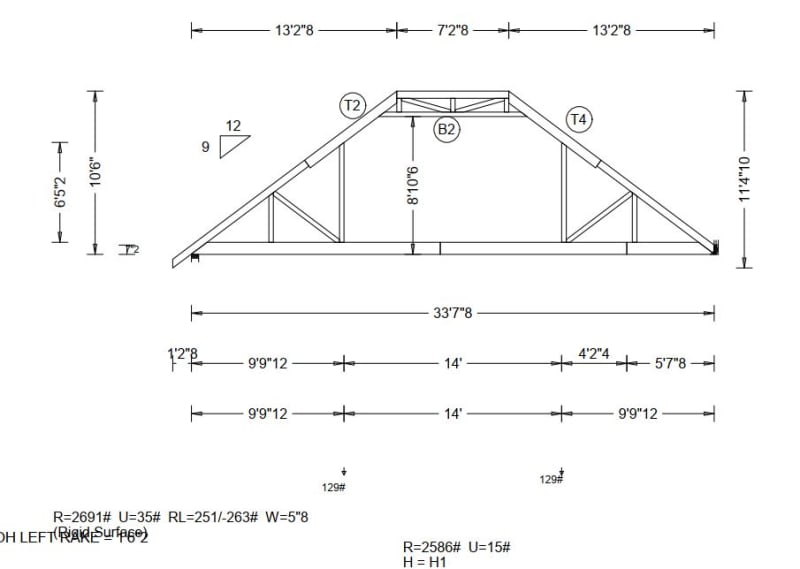JStructsteel
Structural
Truss reactions provided are as shown. What is the RL? I am thinking lateral, but not 100%. W=5"8 is that the bearing width?(2x6 top plate)


Follow along with the video below to see how to install our site as a web app on your home screen.
Note: This feature may not be available in some browsers.

